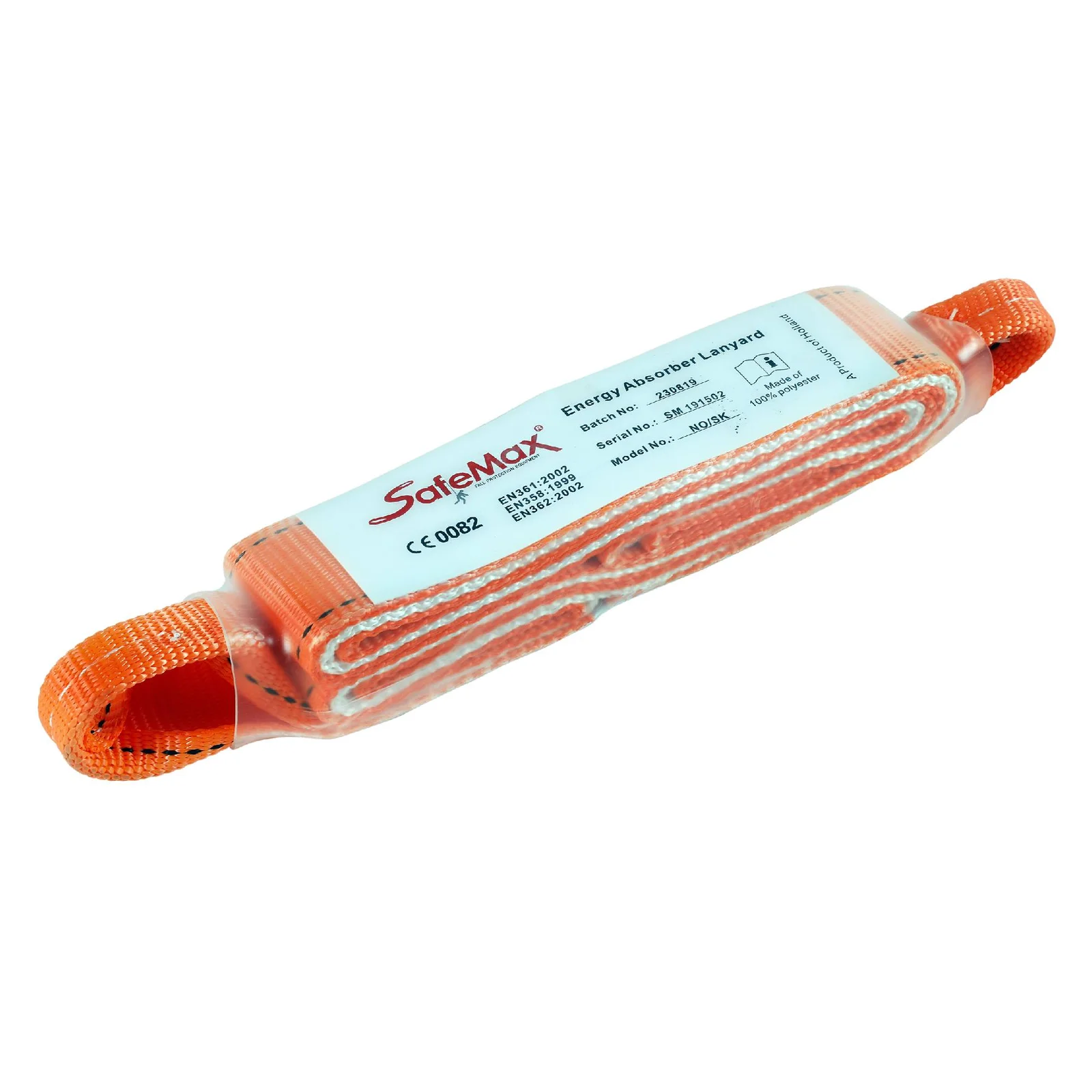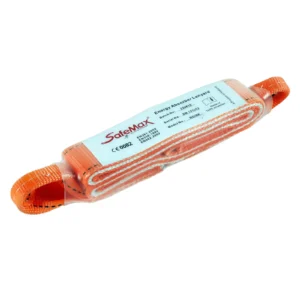When you think about vehicle safety and comfort, shock absorbers might not be the first components that come to mind. However, these critical parts play a vital role in ensuring a smooth and stable ride. In this detailed guide, we’ll explore what shock absorbers are, how they function, their importance, and how to recognize when they need replacing.
What is a Shock Absorber?
GET IT NOW
A shock absorber, often referred to simply as a “shock,” is a mechanical or hydraulic device designed to absorb and dampen shock impulses. It does this by converting the kinetic energy of the suspension movement into another form of energy, usually heat, which is then dissipated. Shock absorbers are a key component of a vehicle’s suspension system, working alongside springs to provide a smooth ride.
Types of Shock Absorbers
There are several types of shock absorbers, each with unique characteristics and uses:
- Twin-Tube Shock Absorbers: The most common type found in most passenger vehicles. They have two nested tubes, an inner tube (pressure tube) and an outer tube (reserve tube).
- Mono-Tube Shock Absorbers: Unlike twin-tube shocks, mono-tube shocks have only one tube. They are more efficient in heat dissipation and are typically used in performance and off-road vehicles.
- Gas-Charged Shock Absorbers: These are a type of twin-tube shock absorbers that use a high-pressure gas charge to reduce aeration or foaming of the hydraulic fluid, providing better performance and stability.
- Adjustable Shock Absorbers: These allow drivers to adjust the damping characteristics, making them suitable for varying driving conditions.
- Air Shock Absorbers: These use an air chamber to adjust the ride height and stiffness, commonly found in luxury and off-road vehicles.
How Do Shock Absorbers Work?
Understanding how shock absorbers work can help you appreciate their importance. Essentially, shock absorbers manage the kinetic energy produced by the movement of the suspension and convert it into heat, which is then dissipated through hydraulic fluid. Here’s a more detailed look at their operation:
Key Components of Shock Absorbers
- Piston and Rod: The piston moves up and down inside the shock absorber’s cylinder. Attached to this piston is the rod, which connects to the vehicle’s suspension.
- Hydraulic Fluid: This fluid is crucial for the shock absorber’s operation. As the piston moves, it forces the fluid through small valves, which creates resistance and slows down the suspension’s movement.
- Valves: These control the flow of hydraulic fluid and, thus, the level of resistance. Different designs allow for varying degrees of damping.
The Compression and Rebound Cycle
Shock absorbers work in two primary cycles: compression and rebound.
- Compression: When the vehicle’s wheel hits a bump, the shock absorber compresses. During this phase, the piston pushes the hydraulic fluid through the valves, creating resistance and slowing down the compression movement.
- Rebound: After the initial impact, the suspension needs to return to its normal position. During the rebound phase, the piston moves in the opposite direction, again pushing the fluid through different valves. This controls the speed at which the suspension returns to its original position.
Heat Dissipation
The energy from the suspension movement is converted into heat within the hydraulic fluid. The design of the shock absorber ensures that this heat is efficiently dissipated, preventing overheating and maintaining optimal performance.
Importance of Shock Absorber
Shock absorbers are critical for several reasons:
Safety
Shock absorbers play a crucial role in vehicle safety. By maintaining tire contact with the road surface, they ensure that your vehicle can brake and handle effectively. This is particularly important in emergency situations where effective braking can prevent accidents.
Comfort
Driving on uneven surfaces without shock absorbers would be an extremely uncomfortable experience. Shock absorbers reduce the impact of bumps, potholes, and other road irregularities, providing a smoother and more enjoyable ride.
Stability and Handling
Good shock absorbers enhance your vehicle’s stability and handling. They prevent excessive body roll during turns, reduce swaying and bouncing, and help maintain control during sudden maneuvers.
Longevity of Vehicle Components
By dampening the vibrations and jolts from the road, shock absorbers protect other vehicle components from excessive wear and tear. This includes everything from the tires to the suspension and even the vehicle’s frame, leading to fewer repairs and a longer vehicle lifespan.
Signs Your Shock Absorbers Need Replacement
Like all vehicle components, shock absorbers can wear out over time. Here are some signs that it might be time to replace them:
Increased Stopping Distance
One of the most critical signs of worn-out shock absorbers is increased stopping distance. If your vehicle takes longer to stop than it used to, it could indicate that the shocks are no longer effectively controlling the suspension.
Excessive Bouncing
After hitting a bump, your vehicle should stabilize quickly. If it continues to bounce excessively, it’s a clear sign that the shock absorbers might be failing.
Uneven Tire Wear
Worn-out shock absorbers can lead to uneven tire wear. If you notice that your tires are wearing unevenly, it could be because the shocks are not keeping the tires firmly on the ground.
Leaking Fluid
Shock absorbers contain hydraulic fluid, and if you notice any fluid leaks, it’s a clear indication that they need to be replaced.
Nose Diving and Squatting
If your vehicle’s front end dives excessively when braking or the rear end squats when accelerating, it’s a sign that the shock absorbers are no longer effectively managing the suspension.
Unusual Noises
Clunking or banging noises when going over bumps can indicate that the shock absorbers or their mounts are worn out and need replacement.
Maintaining Your Shock Absorbers
Regular maintenance of your shock absorbers is essential for optimal vehicle performance. Here are some tips:
Regular Inspections
Have your shock absorbers inspected regularly, especially if you frequently drive on rough roads. A professional mechanic can identify wear and tear that might not be immediately noticeable.
Replace in Pairs
When replacing shock absorbers, it’s best to replace them in pairs (both front or both rear) to ensure balanced handling and performance.
Use Quality Parts
Invest in high-quality shock absorbers from reputable brands. While they might cost more initially, they will provide better performance and last longer.
Pay Attention to Your Driving
Avoid aggressive driving over rough terrain and reduce speed when driving over bumps and potholes to minimize stress on the shock absorbers.
Conclusion
Shock absorbers are indispensable for ensuring a safe and comfortable driving experience. By understanding their function and importance, you can better appreciate these unsung heroes of your vehicle. Regular maintenance and timely replacement of shock absorbers can enhance your vehicle’s performance and longevity. So, the next time you enjoy a smooth ride, remember to thank your shock absorbers for doing their job so well.
In summary, shock absorbers may not always be at the forefront of our minds, but they play a crucial role in our everyday driving. Ensuring they are in good condition will keep you safe, comfortable, and save you money in the long run. By taking care of your shock absorbers, you’re not just maintaining your vehicle – you’re also enhancing your overall driving experience.


